Deep within the annals of human history, the Yarmukian culture flourished in the Levant during the Neolithic period, leaving behind a rich archaeological legacy. This article aims to explore the fascinating world of the Yarmukian culture, shedding light on its lifestyle, technological advancements, social organization, and significance in our understanding of prehistoric societies.
Origins and Chronology: First, the Yarmukian culture emerged around 6400 BCE in the southern Levant, encompassing present-day Israel, Jordan, and Palestine. Named after the archaeological site of Sha’ar HaGolan on the Yarmouk River, the culture lasted for approximately three centuries until around 6000 BCE.
Settlement Patterns and Lifestyle: Furthermore, the Yarmukian people were predominantly agriculturalists, relying on a subsistence economy based on farming, animal husbandry, and hunting. Their settlements ranged from small hamlets to larger, more complex villages, showcasing evidence of planned urban layouts and specialized structures.
The Neolithic Period
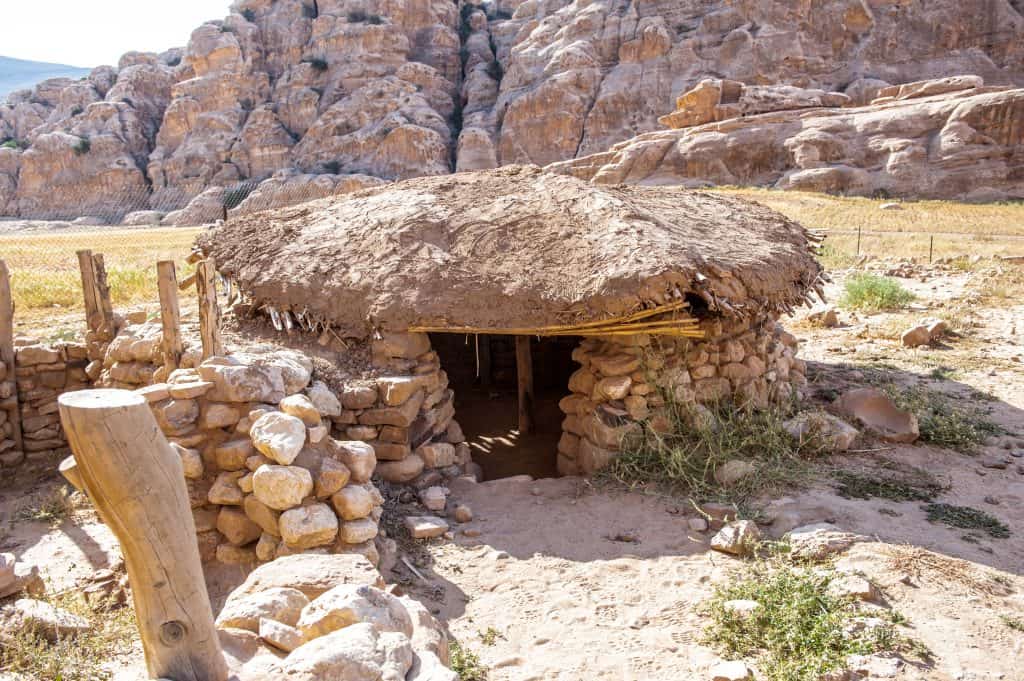
One distinctive feature of Yarmukian settlements was the construction of semi-subterranean dwellings, often circular or oval, made of mud-brick walls, and featuring plastered floors. These homes protected against the elements and contributed to the community’s cohesion.
The Yarmukians exhibited impressive technological advancements for their time. They developed pottery-making techniques, producing characteristic pottery with intricate designs and distinctive red-on-white decorations. These pottery vessels served functional and decorative purposes, reflecting the artistic expression of the Yarmukian culture.
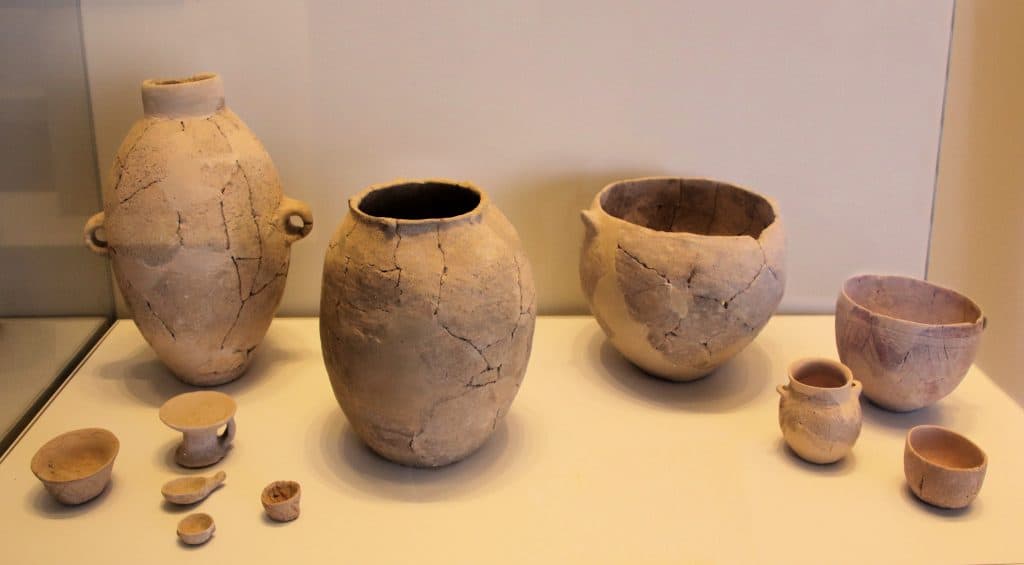
Agriculture played a pivotal role in their society, with evidence of the cultivation of crops such as wheat, barley, lentils, and chickpeas. They also engaged in animal domestication, particularly goats, sheep, and pigs, contributing to their sustenance and developing more sedentary lifestyles.
Social Organization and Trade:
So the Yarmukian culture displayed evidence of social stratification, as seen in the variation of house sizes and the presence of communal structures. This suggests a hierarchical social structure and the existence of community leaders or chiefs.
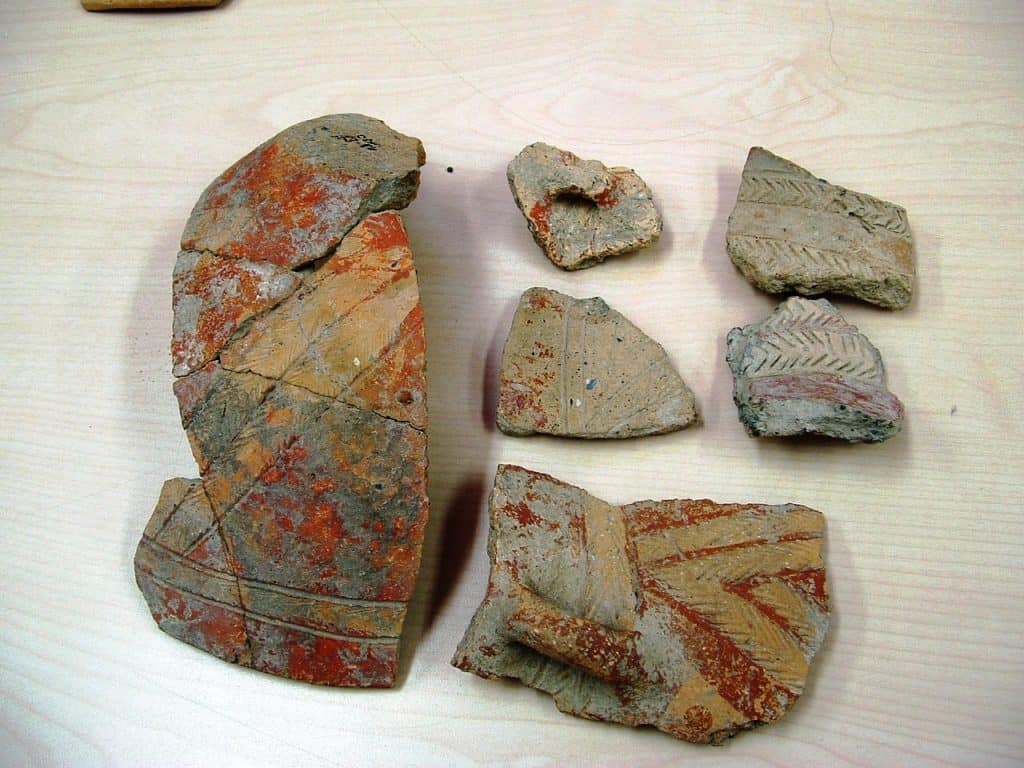
Credit: Hanay, CC BY 3.0, via Wikimedia Commons
Trade networks played a vital role in the Yarmukian culture. Furthermore, excavations have revealed obsidian tools, seashells, and other exotic materials, indicating long-distance trade connections with neighboring regions. These networks facilitated the exchange of goods and fostered cultural interactions and the dissemination of ideas.
The Museum of Yarmukian Culture
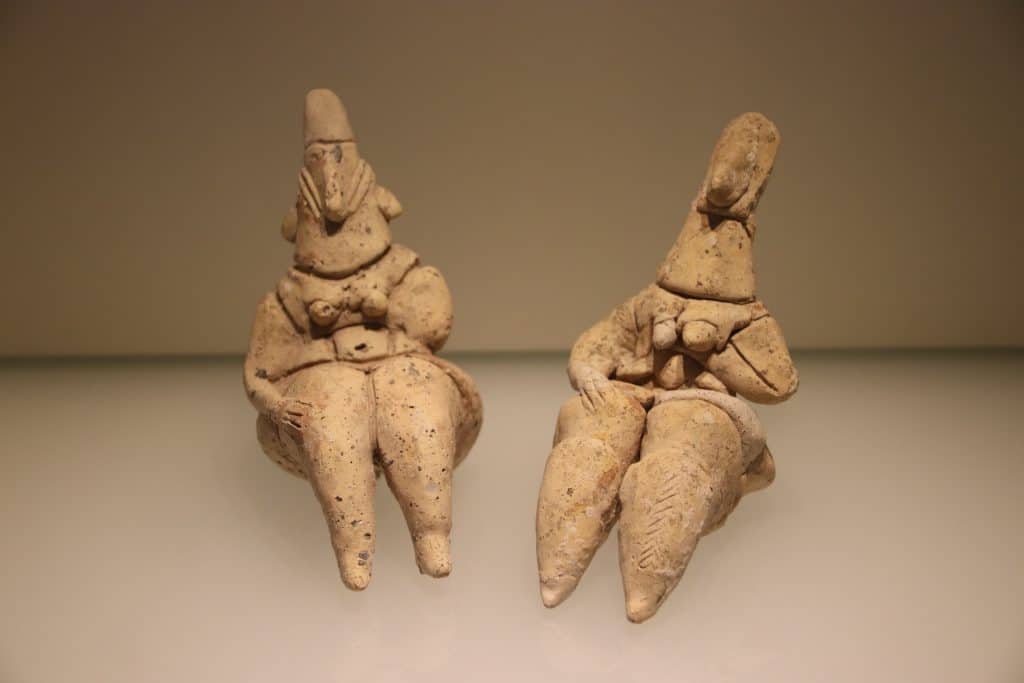
Significance and Legacy:
So the Yarmukian culture holds immense significance in understanding the transition from hunter-gatherer societies to settled agricultural communities in the Levant. Its technological advancements, social organization, and trade networks offer valuable insights into the development of early complex societies.
The Natufian Culture
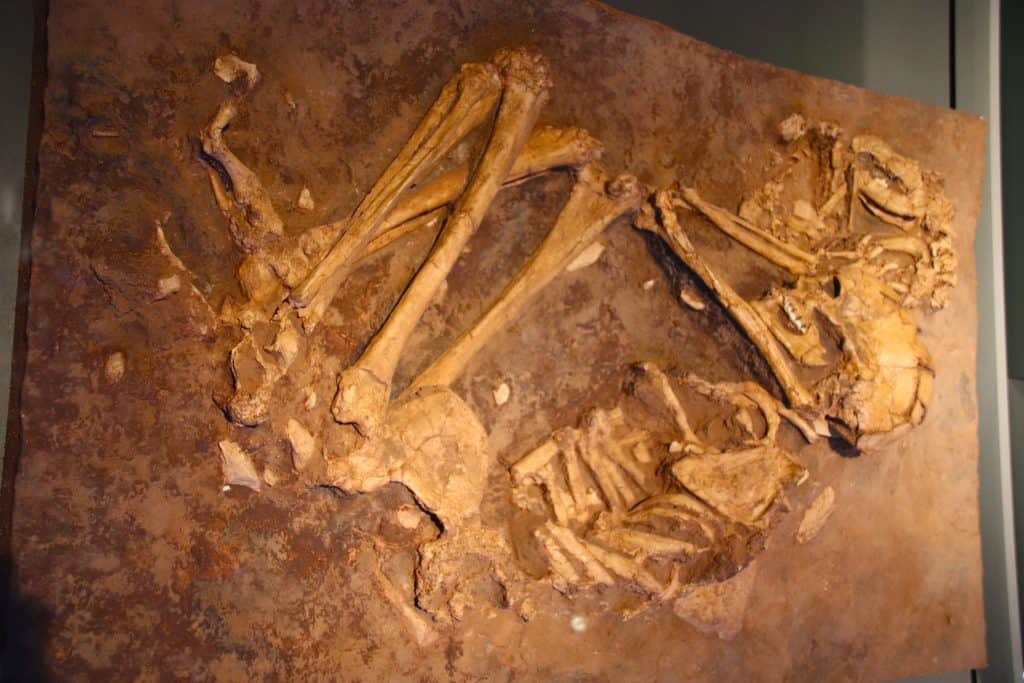
Furthermore, the Yarmukian culture represents a pivotal point in human history, marking the transition from the Stone Age to the Copper Age. Moreover, it serves as a crucial link in the chain of cultural and technological advancements that ultimately led to the emergence of ancient civilizations in the region.
Conclusion:
Last, the Yarmukian culture stands as a testament to the ingenuity and adaptability of our ancestors in the face of challenges and the pursuit of more stable livelihoods. Through their agricultural practices, technological achievements, and social organization, the Yarmukian people contributed to the foundation of ancient civilizations in the Levant. So studying this remarkable culture allows us to piece together the intricate tapestry of human history and gain a deeper understanding of our shared roots. Here is a link to the Yarmukian Museum in Shaar Hagolan.







